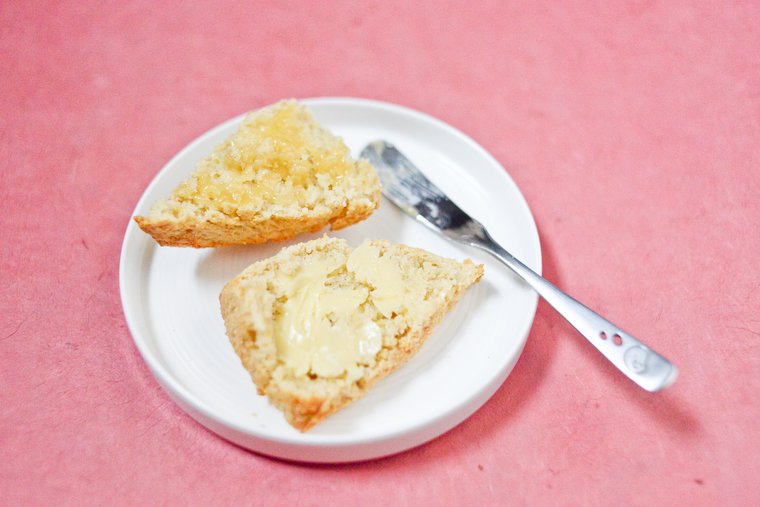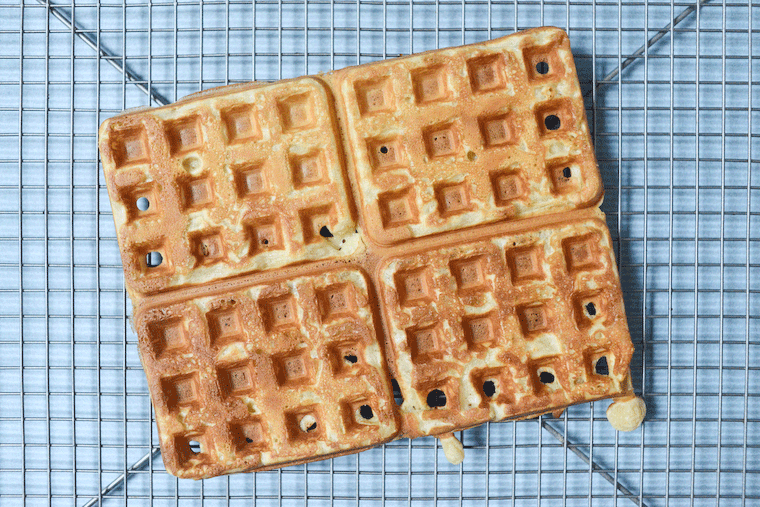We had friends over for brunch on Sunday, and Maxence went out in the morning to the charcuterie shop, cheese shop, and bakery. He came back with a basketload of ready-to-eat goodies — bone-in ham and duck terrine and eggs in aspic and cheese and freshly baked bread — that we served with a simple green salad topped with toasted pumpkin seeds.
And for the sweet part of the brunch (there must be a sweet part to a brunch, otherwise it’s just lunch), I baked scones, using my favorite recipe, which is simple and quick, and calls for ingredients I always have on hand.
These scones are delicious plain, but you can add whichever flavoring you like:
- spices, such as vanilla, cinnamon [sc:cinnamon_link], ginger, roasted lemon zest powder, cardamom…
- dried fruits, such as blueberries, cranberries, or raisins (if using larger fruits such as apricots or figs, dice finely)
- nuts, finely chopped, such as almonds, hazelnuts, pecans, walnuts…
- citrus zest, freshly and finely grated
- orange flower water, not too much for a subtle, non-soapy flavor
- chopped or grated chocolate
I baked the scones earlier that morning, and put them back in the oven for a few minutes to reheat before serving, with butter and creamy honey.
[sc:cinnamon_note]










